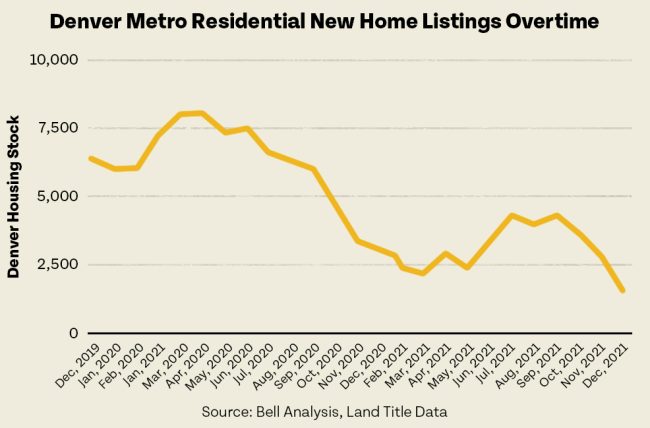Colorado’s Need for Equitable Growth

Three decades ago, Colorado looked a lot different than it does now. Since 1992, our population has increased by 2.4 million residents over the last 30 years. Looking ahead to the next 30 years, the Centennial State is forecasted to add another 1.8 million Coloradans, making Colorado the 6th fastest-growing state in the nation, with a vast majority of that growth coming from out-of-state newcomers.
Growth is a phenomenon Colorado must confront. Are we adequately prepared for the next population surge? Do we have the infrastructure – houses, roads, broadband, public transit, and government funding – to deal with an influx of newcomers? Do we have the human capital – labor, jobs, teachers, child care workers, government workers – to support our growing needs? How will our state’s growth impact our most vulnerable residents?
Equitable Growth & Economic Mobility
Why Equitable Growth Matters
1. Closing the Homeownership Gap
At the end of 2021, Denver’s Metro region (Adams, Arapahoe, Broomfield, Denver, Douglas, Elbert, and Jefferson counties) had reached an historic housing shortage at 1,521 units on the market. Experts believe a stable market should leave a unit listed on the market for 2-3 months. Yet, on average, a house is only on the market for 29 days in the Denver market, a nearly thirty percent decrease from last year and a historic low.

Thus, if Colorado seeks to address our affordable housing stock crisis, it is essential that we consider the racial gaps already existing in Colorado’s housing landscape.
2. Growth Touches Every Corner of Colorado
3. Addressing Demographic Inequities

